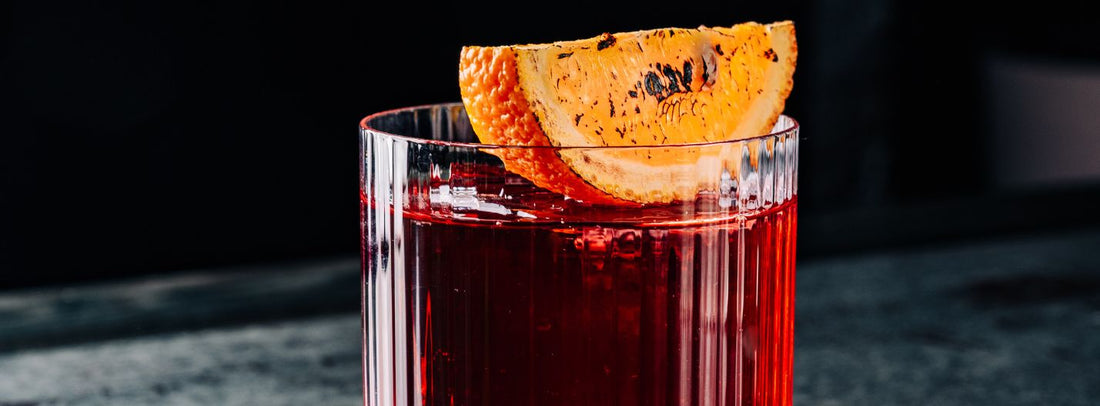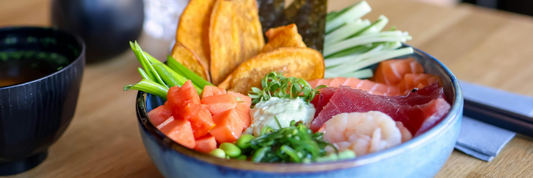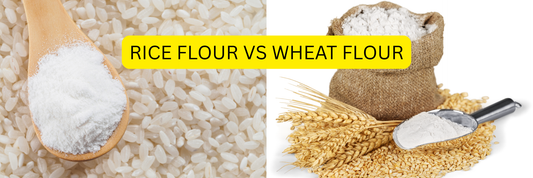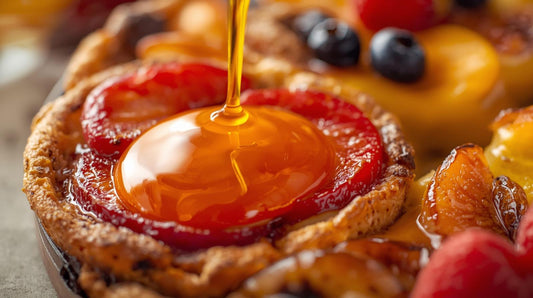Bitters are the secret ingredient behind many world-class cocktails from the Old Fashioned to the Manhattan. They add depth, aroma, and balance, transforming simple drinks into layered, memorable experiences.
In this comprehensive guide, we’ll explore what bitters are, how they’re made, their types and uses, and how bartenders and mixologists can master the art of using them. You’ll also find inspiration from classic recipes, modern trends, and expert pairing tips to elevate your bar program.
-
What is Club Soda? What is the Difference Between Club Soda, Seltzer, and Tonic?
- 15 most popular gin cocktails recipes
- Top 10 Absinthe Cocktail Recipes from Easy to Professional
What Are Bitters?

Bitters are highly concentrated alcoholic infusions of herbs, spices, fruits, roots, and barks. They’re designed to add complexity and balance to cocktails, offsetting sweetness and enhancing the drink’s overall flavor harmony.
Originally, bitters were used as digestive tonics and medicinal tinctures. Over time, they evolved into essential bar ingredients small but mighty drops that define the sophistication of modern mixology.
How Are Bitters Made?
The process of crafting bitters blends science and artistry. Most are created through these key steps:
- Maceration or Infusion: Botanicals like gentian root, cardamom, clove, citrus peel, and anise are steeped in a neutral spirit.
- Extraction: Over time, alcohol extracts the essential oils, colors, and flavors from the botanicals.
- Balancing: Sweeteners such as sugar or honey may be added to round out the bitterness.
- Filtration and Aging: The liquid is filtered, then aged to develop complexity and smoothness.
Pro Tip: The type of spirit, temperature, and steeping duration greatly influence the final flavor. For example, rum-based bitters may yield warmer, richer notes, while grain-based bitters result in sharper, cleaner profiles.

The Role of Bitters in Cocktails
Bitters act like seasoning in food a small amount can completely transform the drink. They provide aromatic balance, depth, and finish, turning a flat cocktail into something multidimensional.
- Enhance sweetness: Bitters balance sugary mixers like syrups and liqueurs.
- Add aroma: Herbal, citrus, or spice bitters elevate the scent of cocktails.
- Finish the flavor: They help bridge ingredients, leaving a smooth aftertaste.
Related Read: Top 12 Most Famous Cocktails in The World
The Evolution of Bitters
Bitters trace their roots back to the 18th century. Apothecaries first created them to aid digestion and relieve ailments. Brands like Angostura and Peychaud’s began as medical tonics before finding a home behind the bar.
By the late 19th century, bitters became indispensable in cocktail culture defining drinks like the Sazerac, Manhattan, and Old Fashioned. Today, bartenders continue to innovate, crafting artisanal bitters from chocolate, coffee, lavender, and even chili.
Types of Bitters and Their Uses
Bitters come in a wide variety of flavors, each with unique characteristics. Below are some of the most common bitters and their applications in cocktails.
Angostura Bitters: The Most Versatile Bitter
- Flavor Profile: Herbal, spicy, with hints of citrus and clove.
- Uses: Essential for classic cocktails like the Old Fashioned and Manhattan.
- Fun Fact: Invented in the 19th century, it was originally a medicinal tonic for stomach ailments.
Peychaud's Bitters: A Classic New Orleans Bitter
- Flavor Profile: Anise-forward with floral and spice notes.
- Uses: A key ingredient in the Sazerac and Vieux Carré.
- History: Created by Antoine Peychaud, a Creole pharmacist in the early 1800s.
Campari: A Bitter-Sweet Italian Aperitif
- Flavor Profile: Bright red hue with orange zest, herbal complexity, and a lingering bitter finish.
- Uses: A staple in sophisticated aperitifs like the Negroni and Americano.
- Did You Know? Campari's signature red color originally came from crushed cochineal insects!
Fernet-Branca: A Strong, Herbal Bitter
- Flavor Profile: A bold punch of menthol, licorice, and warm spice.
- Uses: Enjoyed as a digestif or mixed in cocktails like the Toronto and Hanky Panky.
- Fun Fact: Often called the "bartender’s handshake," Fernet is popular in the industry.
Orange Bitters: A Citrus-Based Classic
- Flavor Profile: Zesty and aromatic, with bitter orange peel and spice.
- Uses: Enhances gin-based drinks like the Martini and Old Fashioned.
- Modern Twist: Many craft distillers now create unique variations like blood orange bitters.
Related read: Culinary and Cocktail Uses of Blue Curacao
Aromatic Bitters: A Blend of Herbs and Spices
- Flavor Profile: Rich with notes of gentian root, wormwood, and rhubarb.
- Uses: Adds depth to cocktails like the Old Fashioned and Manhattan.
- Did You Know? The original recipe for Coca-Cola contained bittering agents similar to cocktail bitters!

Modern Bitters: New Flavors and Trends
The craft cocktail movement has inspired a new generation of bitters that break the traditional mold. Mixologists now experiment with unique flavors like:
- Chocolate Bitters: Adds richness to espresso martinis or dessert cocktails.
- Lavender Bitters: Perfect for gin cocktails and floral pairings.
- Coffee Bitters: Brings depth to rum and whiskey drinks.
- Celery Bitters: Adds a savory twist to Bloody Marys and gin tonics.
- Chili or Smoke Bitters: Introduce heat and complexity to mezcal and tequila-based drinks.
Related Read: Cocktail Glass Differences: Shape, Size, and Material
How to Use Bitters in Cocktails
Using bitters effectively requires balance and precision a few drops can dramatically alter the flavor.
Classic Cocktail Ratios
- Old Fashioned: 2 oz bourbon + 2 dashes Angostura bitters + sugar + orange peel.
- Manhattan: 2 oz rye whiskey + 1 oz sweet vermouth + 2 dashes aromatic bitters.
- Sazerac: 2 oz rye + 1 dash Peychaud’s bitters + absinthe rinse + sugar cube.
Bitters as a Finishing Touch
Add a few drops on top of egg-white foam or garnish for a visual and aromatic flair. The scent enhances the drink before the first sip.
Layering Flavors
Combine multiple bitters (e.g., orange + chocolate) to build complexity and personalize your house cocktails.
Pairing Bitters with Spirits
| Spirit | Recommended Bitters | Resulting Flavor Profile |
|---|---|---|
| Whiskey | Angostura, chocolate, walnut | Warm, earthy, and rich |
| Gin | Orange, lavender, celery | Floral and citrus balance |
| Rum | Aromatic, coffee, tiki bitters | Sweet spice, tropical tones |
| Tequila / Mezcal | Smoke, chili, grapefruit | Smoky heat with zesty finish |
| Vodka | Lemon, berry, cucumber | Clean and aromatic |
FAQs about Bitters in Cocktails

What exactly are cocktail bitters made from?
Bitters are made by infusing botanicals such as herbs, barks, spices, and fruits into alcohol, often sweetened with sugar or glycerin.
Can you drink bitters straight?
Technically yes, but they are extremely concentrated. They’re meant for flavoring, not sipping.
Are bitters alcoholic?
Yes, most bitters contain between 35%–45% ABV, though only a few drops are used per cocktail.
What are the best bitters for an Old Fashioned?
Angostura bitters are the classic choice, but orange or chocolate bitters can add modern twists.
How long do bitters last once opened?
Properly stored bitters can last indefinitely due to their high alcohol content.
What are non-alcoholic bitters?
These are zero-proof alternatives made with glycerin instead of alcohol ideal for mocktails or low-ABV menus.
Can I make my own bitters at home?
Absolutely! Experiment with different herbs, spices, and citrus peels. Start small and adjust for balance.
Conclusion
Bitters are the soul of great cocktails subtle yet transformative. They offer bartenders a way to tell stories through flavor, aroma, and balance. Whether you stick with classics like Angostura and Peychaud’s or experiment with coffee, lavender, or chili bitters, there’s no limit to what you can create.
For mixologists and bar owners alike, mastering bitters means mastering the art of cocktail balance one drop at a time.







